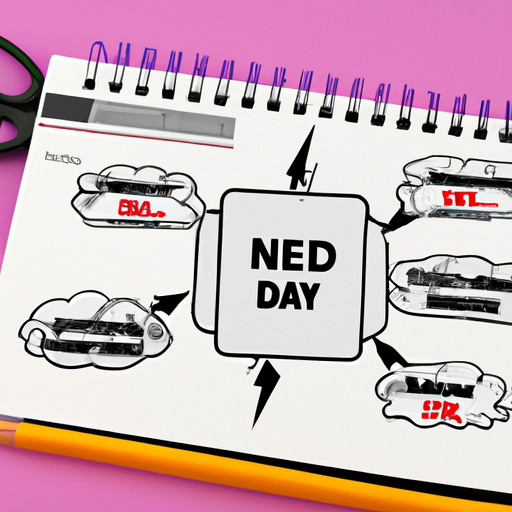In today’s digital age, it is crucial for websites to be adaptable to various screen sizes and devices. This is where responsive web design comes into play. Responsive web design ensures that websites are optimized for different devices, providing an optimal user experience regardless of whether users are accessing the site from a desktop computer, tablet, or smartphone. In this article, we will explore the principles and best practices of responsive web design, with a focus on utilizing the PHP language.
One of the fundamental principles of responsive web design is fluid grids. Traditionally, websites were designed with fixed layouts, which meant that elements on the page had fixed widths. This approach posed challenges when viewed on different screen sizes. With fluid grids, designers can create layouts that adjust proportionally to the screen size, ensuring that the content remains readable and accessible. PHP, a server-side scripting language, can be used to dynamically generate fluid grids by calculating the appropriate widths based on the device’s screen size.
Another crucial aspect of responsive web design is flexible images. Images play a significant role in web design, but they can often cause issues when it comes to responsiveness. Large images can slow down the loading time of a website, while small images may appear pixelated on high-resolution screens. To address these challenges, PHP can be used to create image resizing and optimization scripts. These scripts can automatically resize images based on the device’s screen size, ensuring that the website loads quickly and the images appear sharp and clear.
Media queries are another essential tool in responsive web design. Media queries allow designers to apply different styles and layouts based on the device’s screen size and capabilities. PHP can be used to dynamically generate media queries based on the device accessing the website. For example, PHP can detect whether the user is accessing the site from a smartphone and apply a specific set of styles and layouts optimized for mobile browsing. This ensures that users have an optimal viewing experience, regardless of the device they are using.
Furthermore, responsive web design should prioritize user experience. This means that websites should be easy to navigate and interact with, regardless of the device. PHP can be used to implement user-friendly features such as touch-friendly navigation menus and interactive elements. By utilizing PHP, developers can create dynamic and interactive elements that enhance the overall user experience, making the website more engaging and enjoyable to use.

